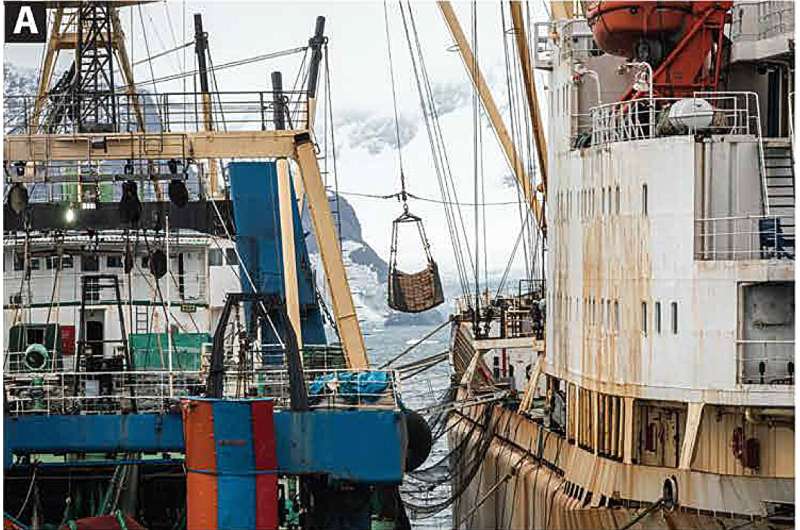A groundbreaking new study has shed light on the complex world of global seafood transshipment, identifying the key players and owners of the refrigerated cargo vessels, or ‘reefers,’ that play a critical role in the seafood supply chain. This unprecedented transparency could lead to improved governance and sustainability practices in the industry. Fishing industry, Seafood, Supply chain

Unraveling the Opaque World of Seafood Transshipment
For too long, the seafood industry has grappled with the opacity of transshipment, the practice of transferring catches, people, spare parts, and fuel between fishing vessels and reefers. This opaque process has been associated with illegal activities, as it can enable the transfer of illegally caught species or obscure the origin of seafood.
But now, a groundbreaking study published in Science Advances has shed light on this critical part of the seafood supply chain. Researchers from the Stockholm Resilience Center, the Stanford Center for Ocean Solutions, and the University of British Columbia have identified the owners of all globally used reefers, the flags they use, and the fishing vessels they meet. This unprecedented transparency is a game-changer for the industry, providing new opportunities for improved governance and oversight of this practice.
Mapping the Ecosystem of Seafood Transshipment: Uncovering the Key Players
The study’s findings are remarkable. Researchers have identified 569 reefers currently in use in the fishing industry and their 324 beneficial owners. This means that just 324 individuals or entities are responsible for all transshipment of fish worldwide.
Even more striking is the fact that just 10 of these owners account for almost a quarter of all transshipment events globally. This concentration of power in the hands of a few key players presents both challenges and opportunities.
On the one hand, it highlights the need for greater transparency and accountability in the industry. But on the other, it also means that by working with these ‘key actors,’ significant improvements in the traceability and sustainability of seafood could be achieved relatively quickly.
The researchers have also mapped where in the ocean reefer owners operate their vessels, the gear used by the fishing vessels they meet, and the flags involved. This data can now be freely accessed and visualized using an online tool, providing unprecedented transparency that can be leveraged by NGOs, insurance companies, and financial actors to create stronger incentives for sustainable behaviors at sea.
The Significance of Reefers in the Global Seafood Industry
Reefers, or refrigerated cargo vessels, play a crucial role in the seafood industry. Nearly a third of the global tuna catch, worth US$10.4 billion, is transshipped annually. This process of transferring catches between fishing vessels and reefers is essential for the seafood supply chain, but it has long been a weak link in terms of traceability and transparency.
By identifying the owners of these reefer vessels, the researchers have provided a new avenue for improving governance and oversight in the industry. With just 324 beneficial owners responsible for all transshipment activities worldwide, targeted interventions and collaborations with these key players could significantly enhance the traceability and sustainability of the seafood we consume.
